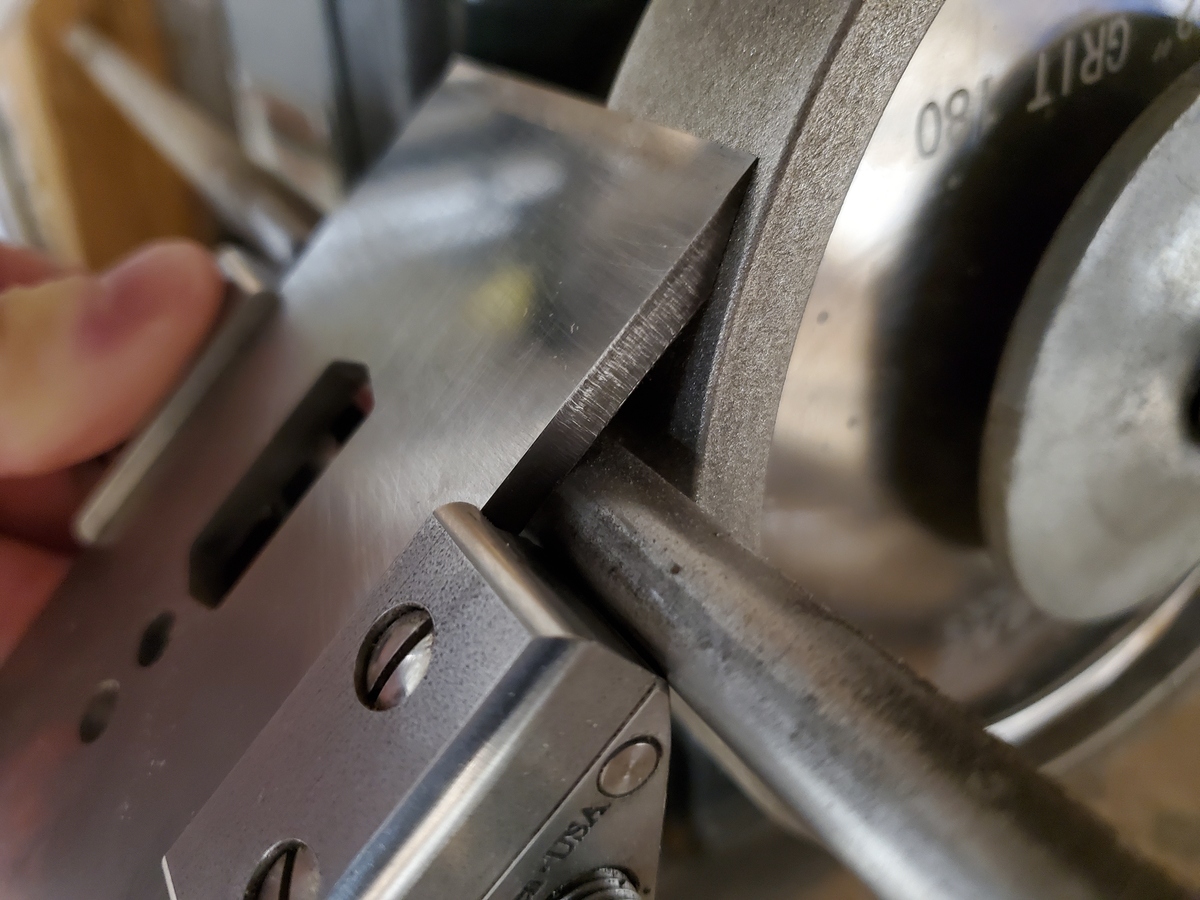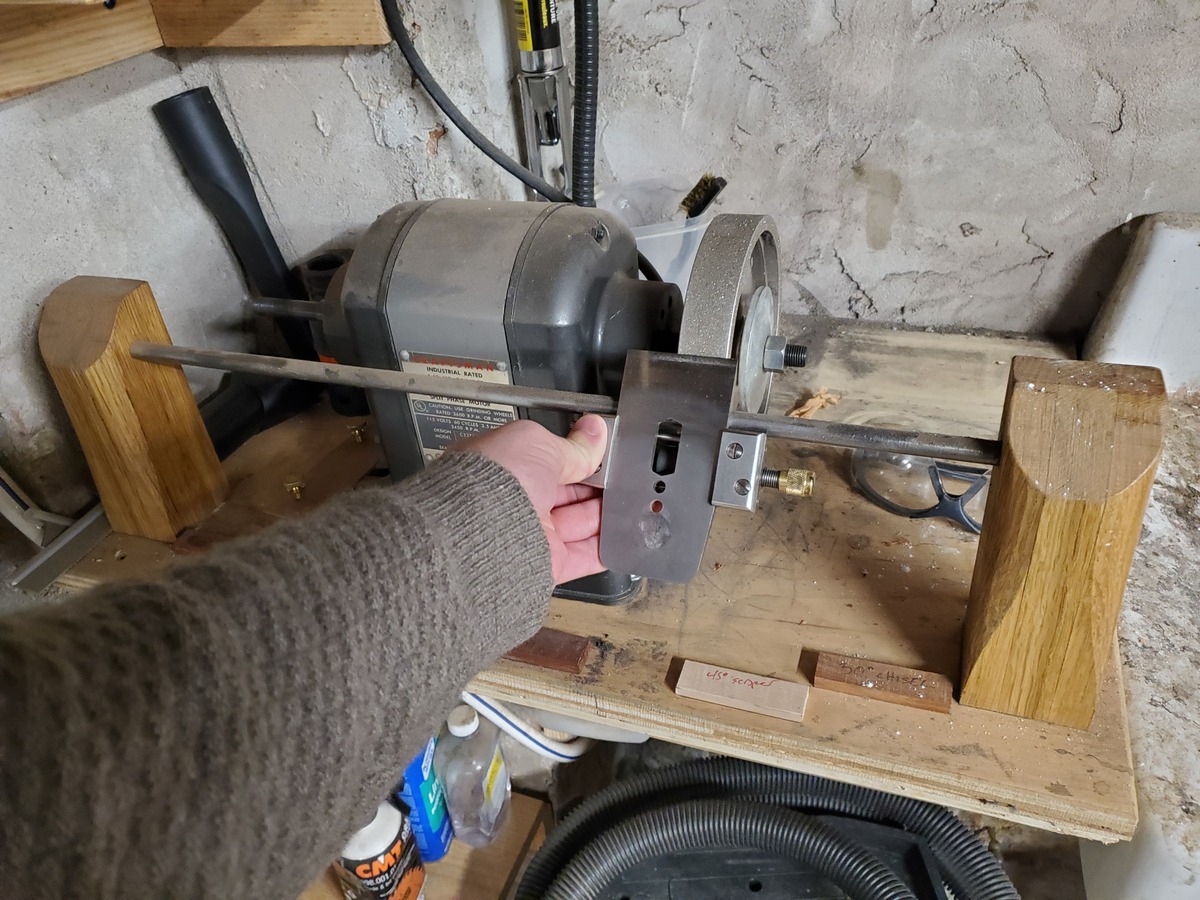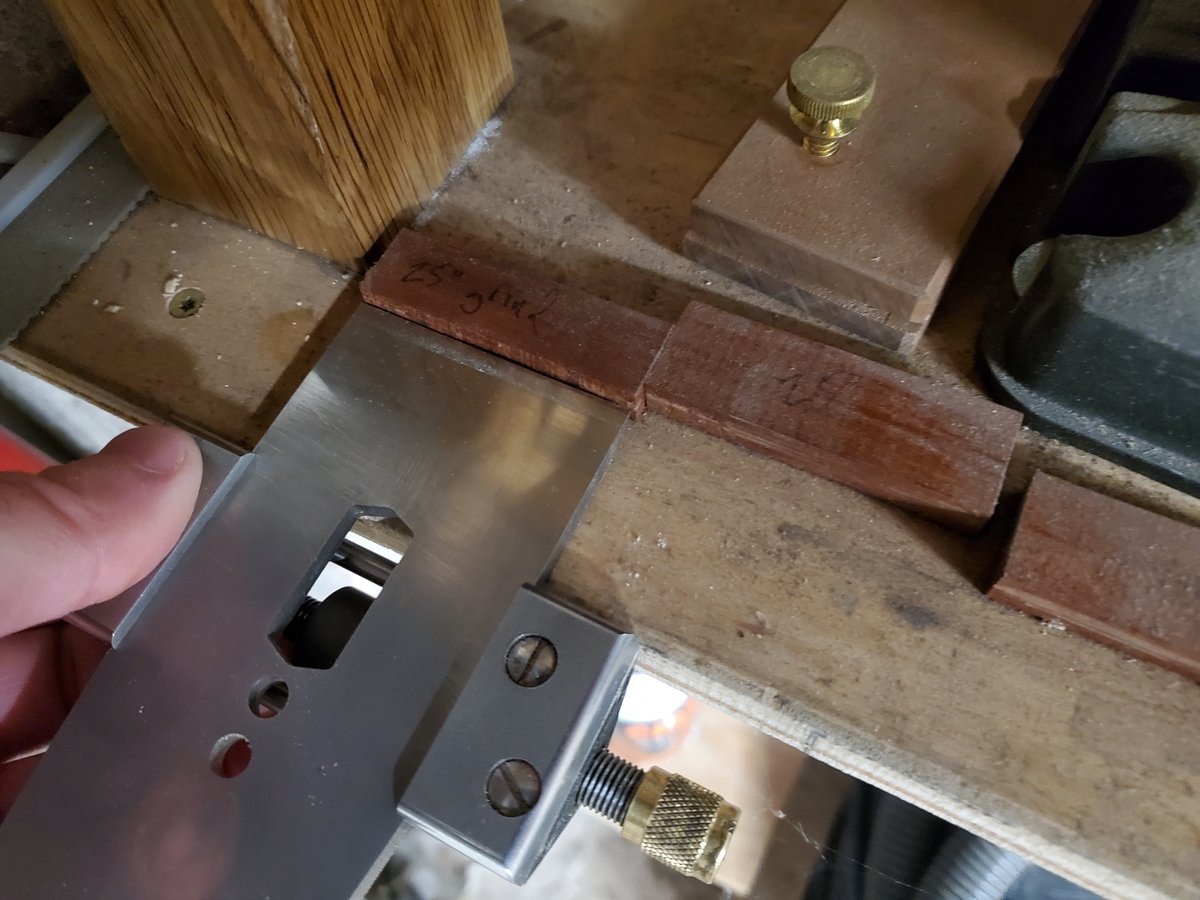I actually wanted to ask about handle style (specifically because Blue Spruce offers so many) but felt I already overloaded the thread with requests.
I am familiar with Derek Cohen's Blog for a while now. His continued presence here was part of why I joined the Creek!
I would love for your input on handle shape, as I have virtually no experience on the matter - I know that Derek seems to like long handles in general. My intuition says that paring chisels that shouldn't be hit by a mallet would do better with the round ones, better feedback from the base of the hand?
Don't worry about overloading the thread. Future readers will treasure the information. One of my reasons for prefering socket chisels is the ease of fitting a handle:
Five Chisel Handles.jpg
A few handle designs were blended to make these to fit my hands and to be comfortable using with an old injury to my right hand. These and slight variations of these work well for me.
Anyone interested in the 'perfect' handle may want to find a lathe and turn their own.
jtk
"A pessimist sees the difficulty in every opportunity; an optimist sees the opportunity in every difficulty."
- Sir Winston Churchill (1874-1965)





 Reply With Quote
Reply With Quote







